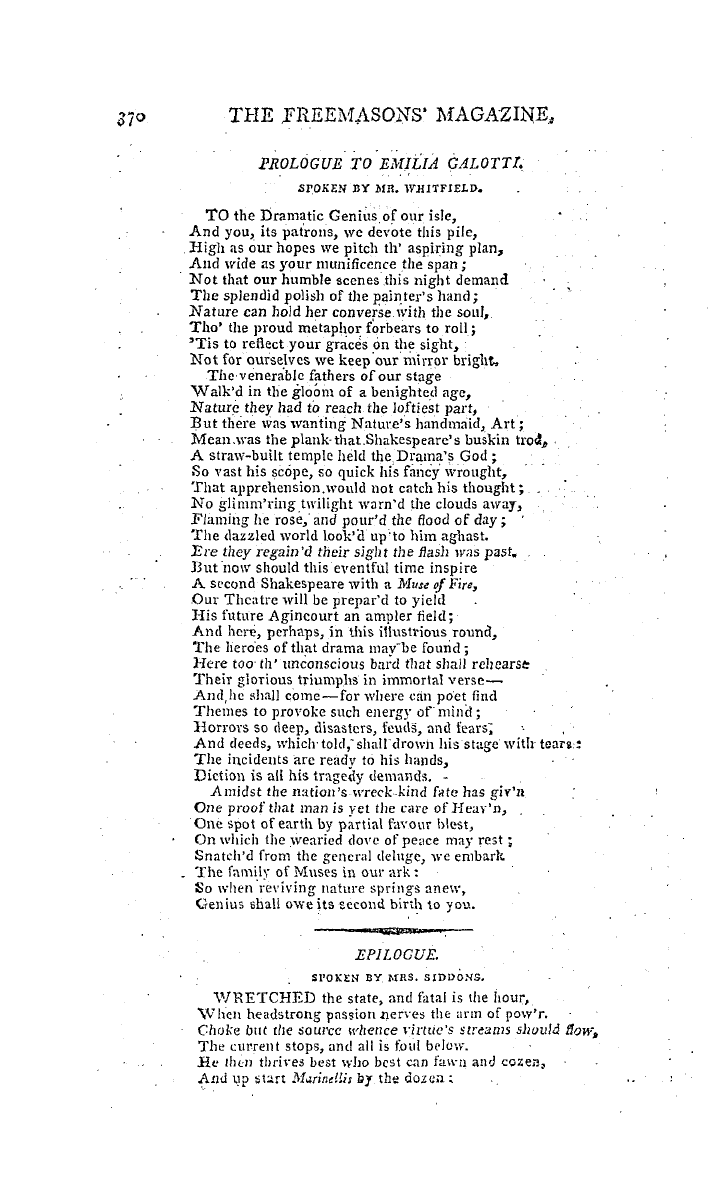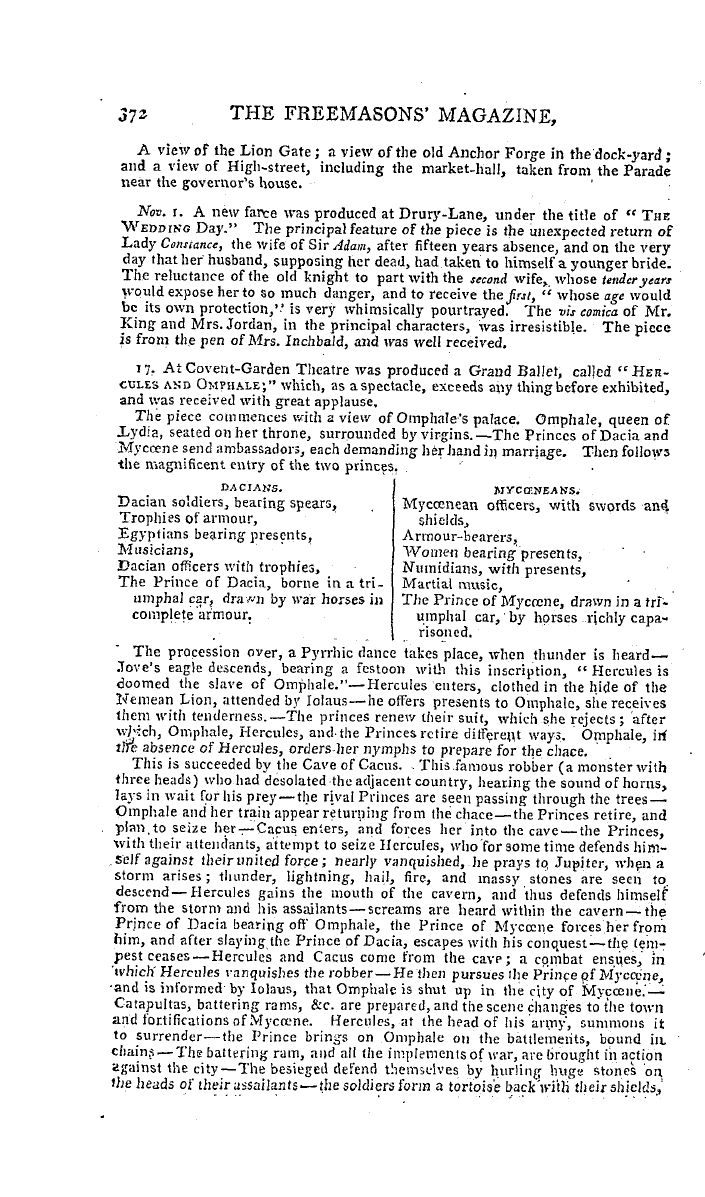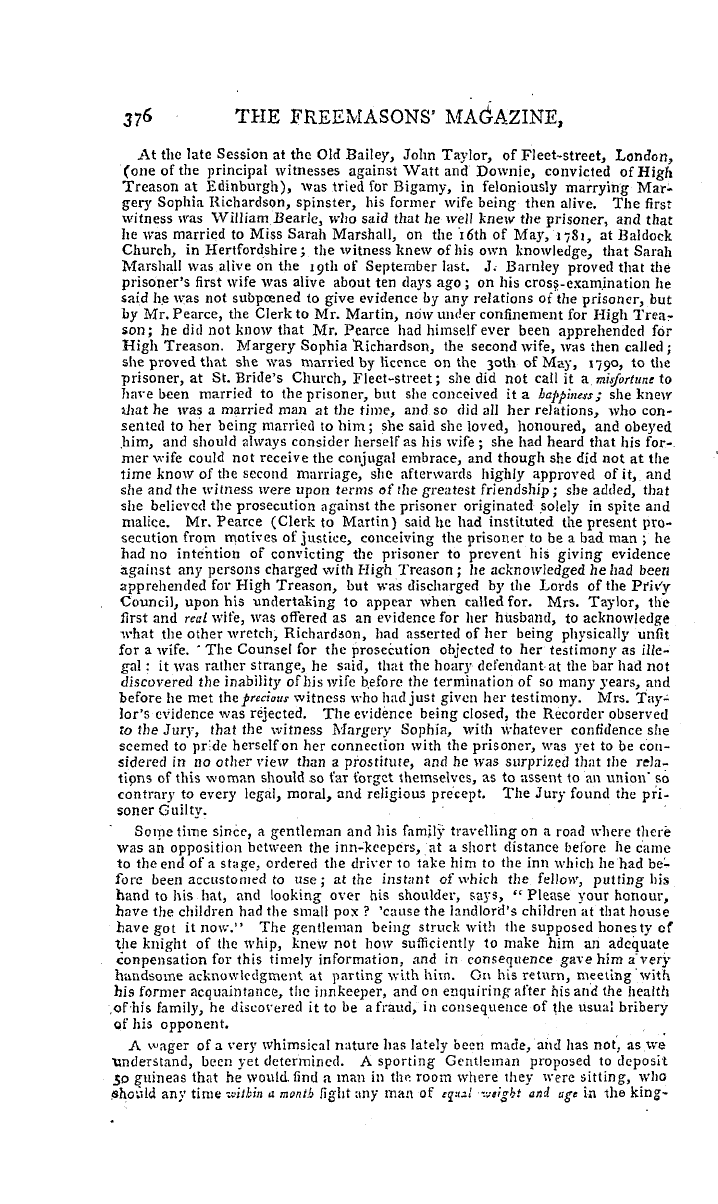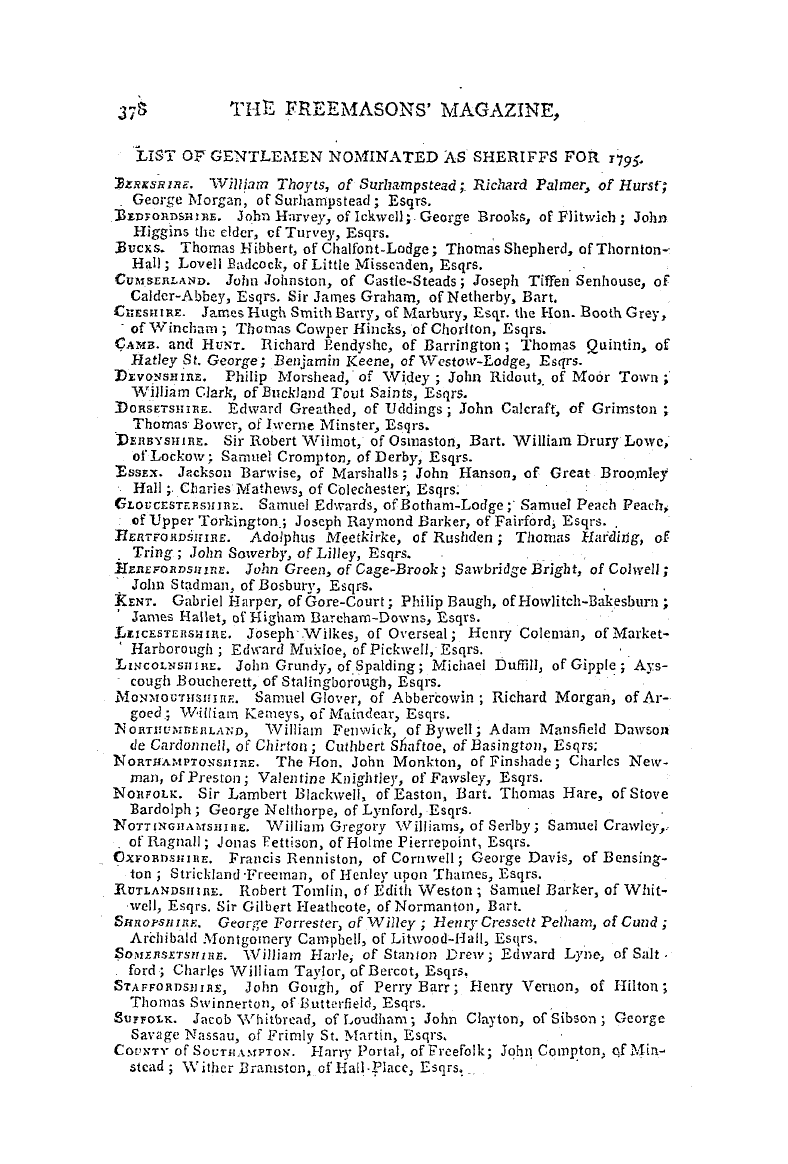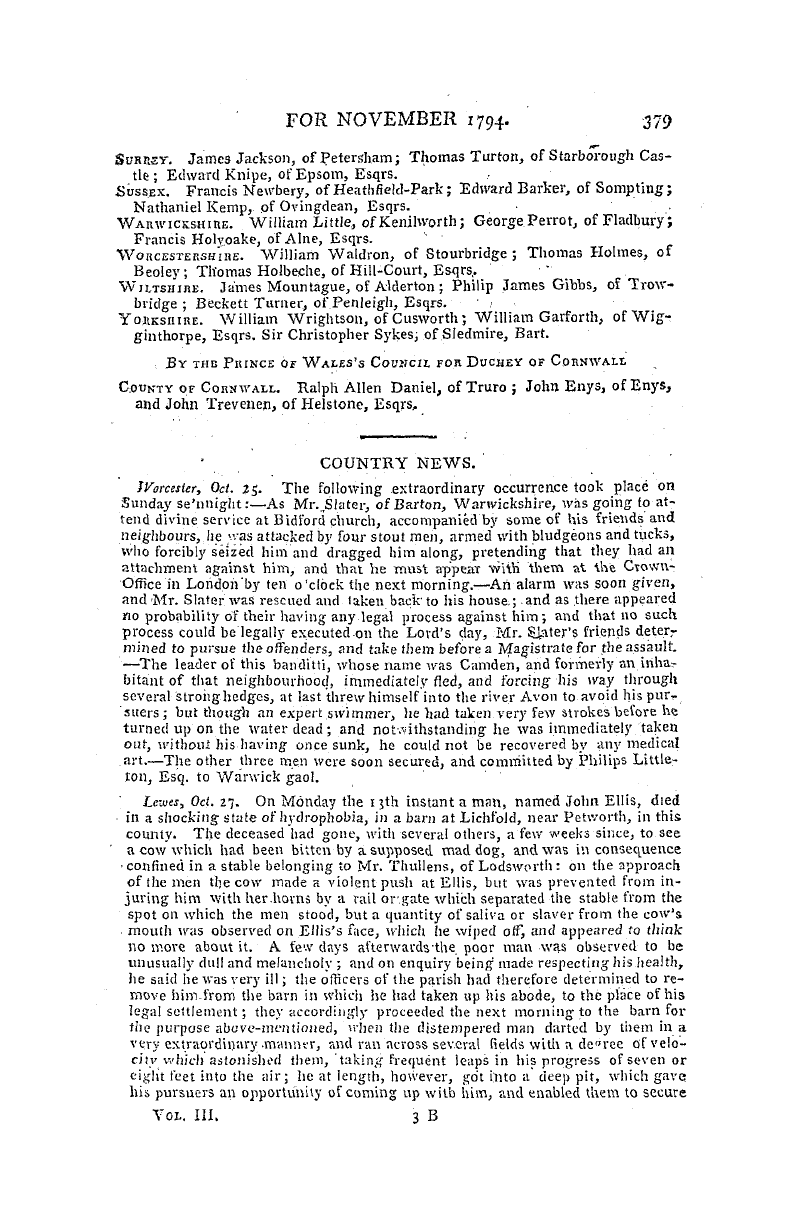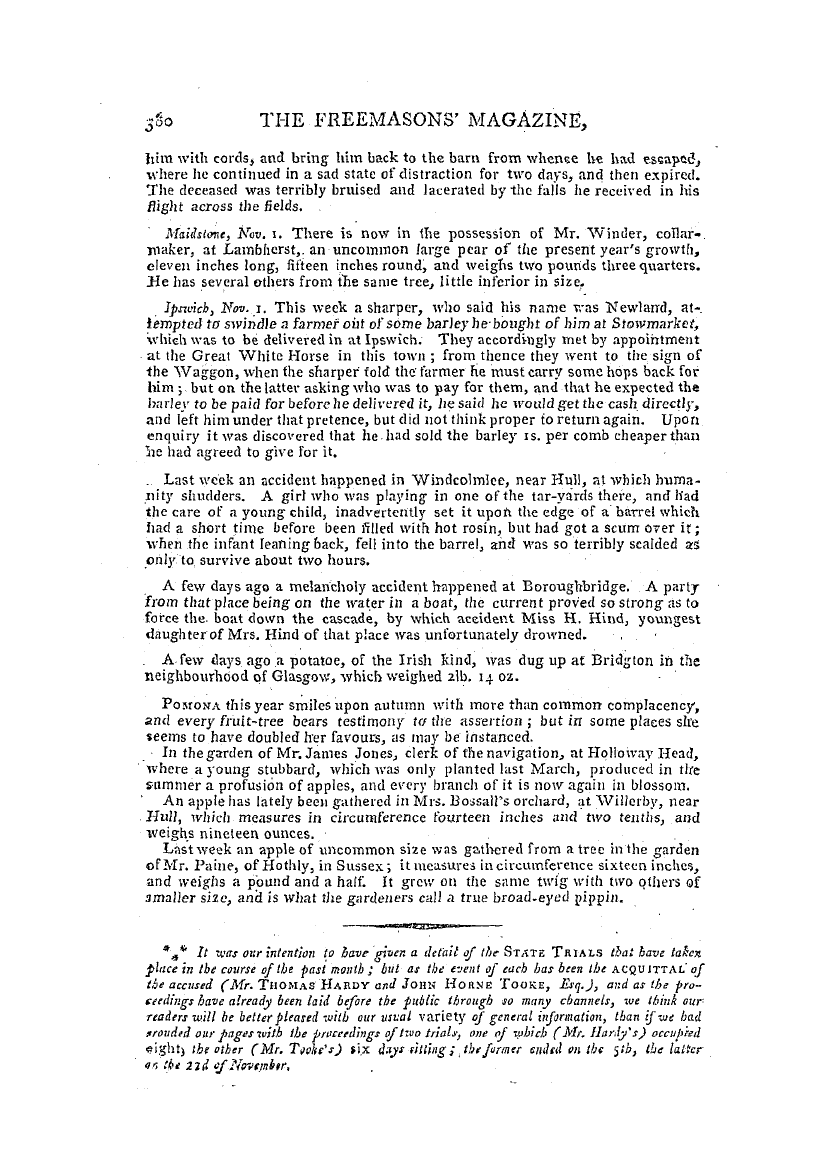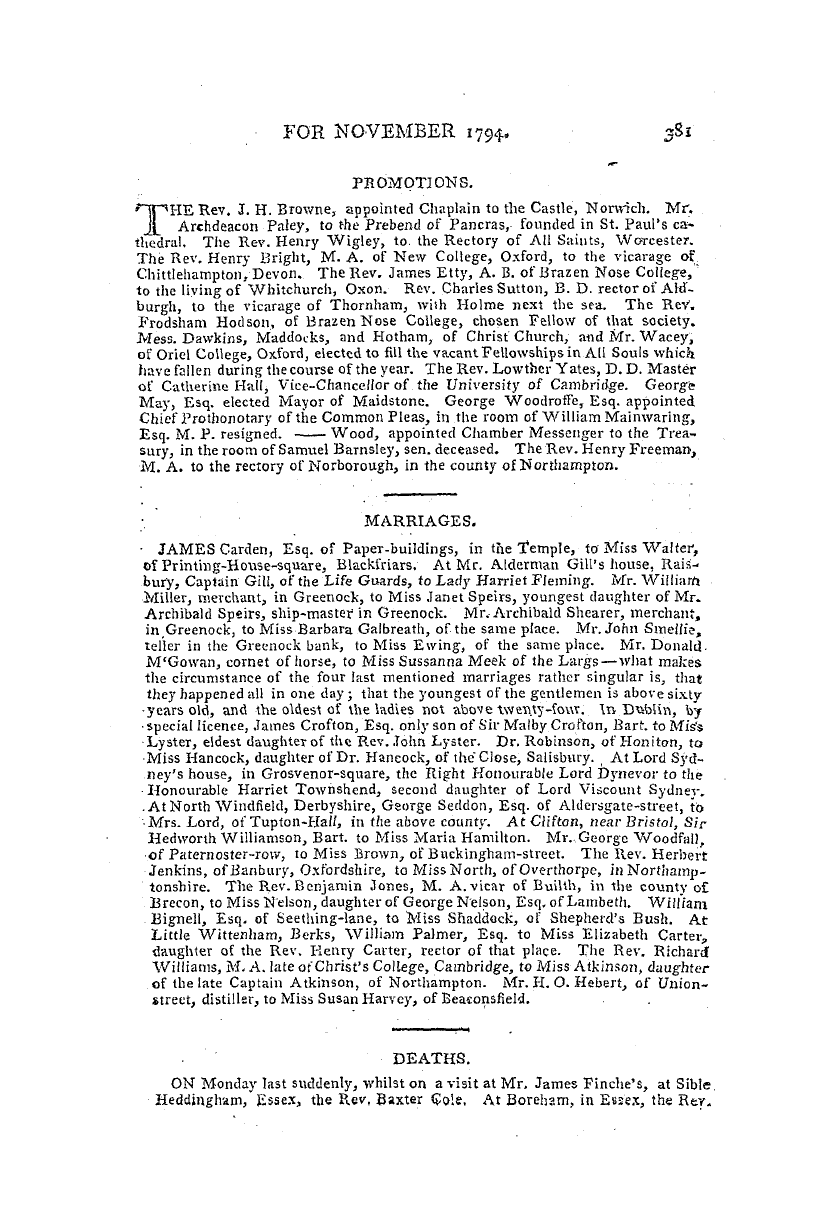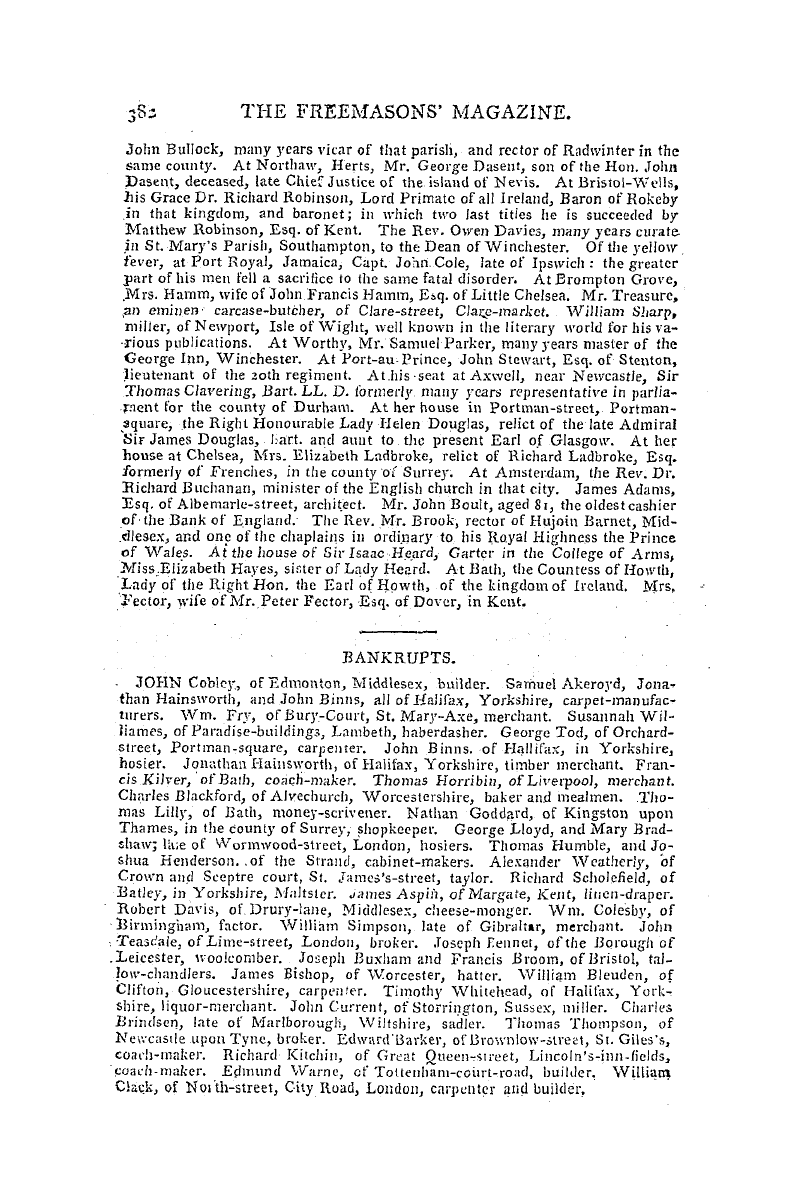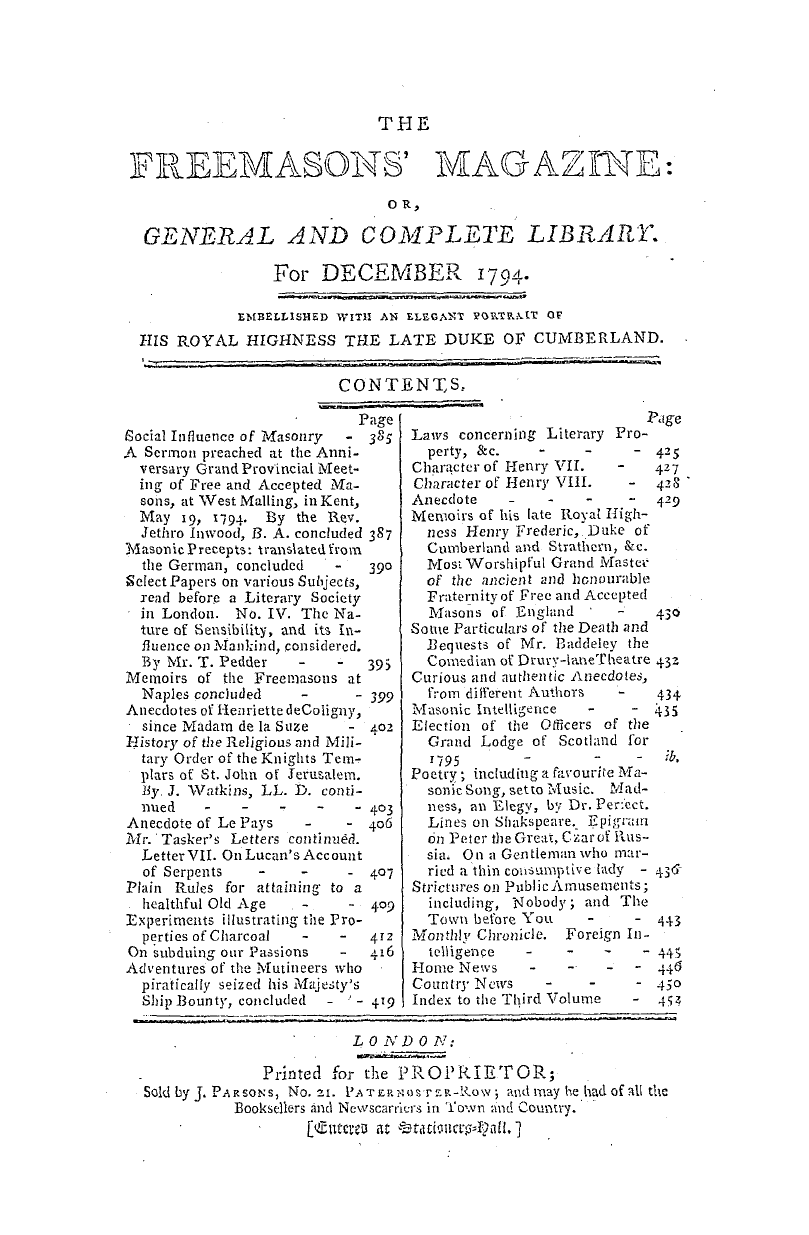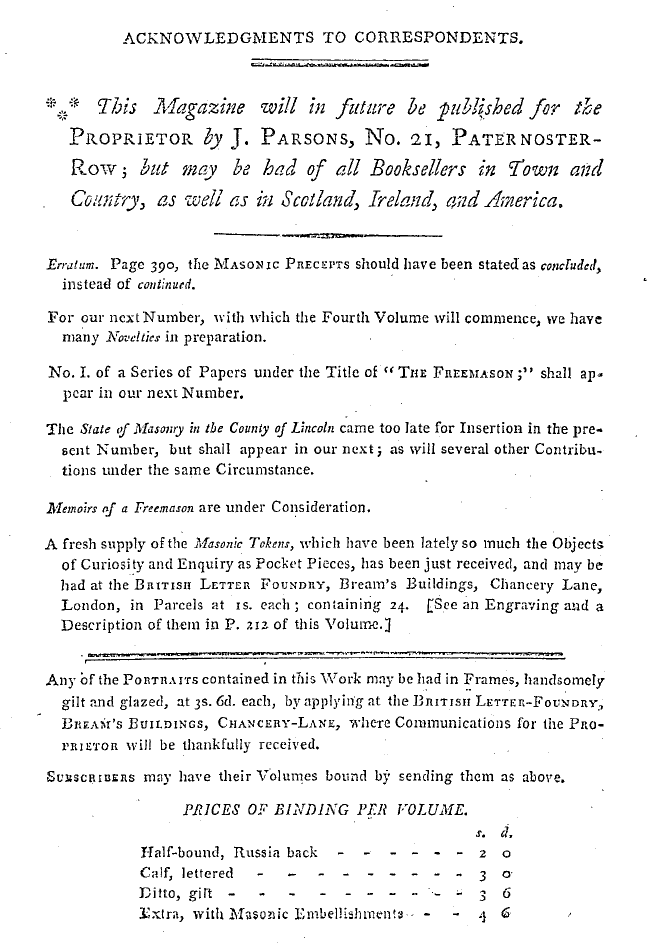-
Articles/Ads
Article EARLY THEATRICAL MYSTERIES. Page 1 of 2 →
Note: This text has been automatically extracted via Optical Character Recognition (OCR) software.
Early Theatrical Mysteries.
EARLY THEATRICAL MYSTERIES .
FROM THE SAME . It is generally allowed that pilgrims introduced these devout spectacles . Those who returned from tlie Holy Land , or other consecrated places , composed canticles of their travels , and amused their reli gious fancies by interweaving scenes of which Christ , the Apostles , and objects of devotionserved as themes . Menestrier informs us
, , that these pilgrims travelled in troops , and stood in the public streets , where they recited their poems , with their staff in hand ; while their chaplets and cloaks , covered with shells and images of various colours , formed a picturesque exhibition , which at length excited the piety of the citizens to erect occasionally a stage on an extensive spot of ground . These spectacles served as the amusement and instruction
of the people . So attractive were these gross exhibitions in the dark ages , that they formed one of the principle ornaments of the reception which was given to princes when they entered towns . When the mysteries were performed , at a more improved period , the actors were distinguished characters , and frequently consisted of the ecclesiastics of the neihbouring villages . Their productions
g were divided not into ' acts , but into different days of performance , and they were performed in the open plain ; this was at least conformable to the critical precept of that mad kni ght , whose opinion is noticed by Pope . In' these pieces , the actors represented the person of the Almi ghty , without being sensible of the gross impiety .. So unskilful
were they in this infancy of the theatrical art , that very serious consequences were produced by their ridiculous blunders and ill-managed machinery . In the history of the French theatre , vol . ii . p . 285 , the following genuine and singular anecdotes are preserved , concerning u nrystery which took up several days in the performance . In the year 1437 , 'when Conrad Bayer , bishop of Metz , caused the-Mystery of the Passion to be represented on the plain of Veximiel
, near that city , God was an old gentleman , named Mr . Nicholas Neuf- ' chatel , of Touraine , curate of St . Victory of Metz , and who was very near expiring on the cross , had he not been timety assisted . He was so enfeebled , that it was agreed another priest should be placed on the cross the next day , to finish the representation of the person crucified , and which was done ; at the same time the said Mr . Nicholas
undertook to perforin the Resurrection , which being a less difficult task , he did it admirably well . —Another priest , whose name was Mr . John pe Nicey , curate of Metrange , personated Judas , and he had like to have been stifled while he hung on the tree , for his neck dislocated ; this being at length luckily perceived , he was quickly cut down , and recovered . . ¦
John Bouchet , in his Annales d'Aquitaine ( a work which contains many curious circumstances of the times , written with that agreeable simplicity which characterizes the old writers ) , informs us , that in U n 2
Note: This text has been automatically extracted via Optical Character Recognition (OCR) software.
Early Theatrical Mysteries.
EARLY THEATRICAL MYSTERIES .
FROM THE SAME . It is generally allowed that pilgrims introduced these devout spectacles . Those who returned from tlie Holy Land , or other consecrated places , composed canticles of their travels , and amused their reli gious fancies by interweaving scenes of which Christ , the Apostles , and objects of devotionserved as themes . Menestrier informs us
, , that these pilgrims travelled in troops , and stood in the public streets , where they recited their poems , with their staff in hand ; while their chaplets and cloaks , covered with shells and images of various colours , formed a picturesque exhibition , which at length excited the piety of the citizens to erect occasionally a stage on an extensive spot of ground . These spectacles served as the amusement and instruction
of the people . So attractive were these gross exhibitions in the dark ages , that they formed one of the principle ornaments of the reception which was given to princes when they entered towns . When the mysteries were performed , at a more improved period , the actors were distinguished characters , and frequently consisted of the ecclesiastics of the neihbouring villages . Their productions
g were divided not into ' acts , but into different days of performance , and they were performed in the open plain ; this was at least conformable to the critical precept of that mad kni ght , whose opinion is noticed by Pope . In' these pieces , the actors represented the person of the Almi ghty , without being sensible of the gross impiety .. So unskilful
were they in this infancy of the theatrical art , that very serious consequences were produced by their ridiculous blunders and ill-managed machinery . In the history of the French theatre , vol . ii . p . 285 , the following genuine and singular anecdotes are preserved , concerning u nrystery which took up several days in the performance . In the year 1437 , 'when Conrad Bayer , bishop of Metz , caused the-Mystery of the Passion to be represented on the plain of Veximiel
, near that city , God was an old gentleman , named Mr . Nicholas Neuf- ' chatel , of Touraine , curate of St . Victory of Metz , and who was very near expiring on the cross , had he not been timety assisted . He was so enfeebled , that it was agreed another priest should be placed on the cross the next day , to finish the representation of the person crucified , and which was done ; at the same time the said Mr . Nicholas
undertook to perforin the Resurrection , which being a less difficult task , he did it admirably well . —Another priest , whose name was Mr . John pe Nicey , curate of Metrange , personated Judas , and he had like to have been stifled while he hung on the tree , for his neck dislocated ; this being at length luckily perceived , he was quickly cut down , and recovered . . ¦
John Bouchet , in his Annales d'Aquitaine ( a work which contains many curious circumstances of the times , written with that agreeable simplicity which characterizes the old writers ) , informs us , that in U n 2


























































